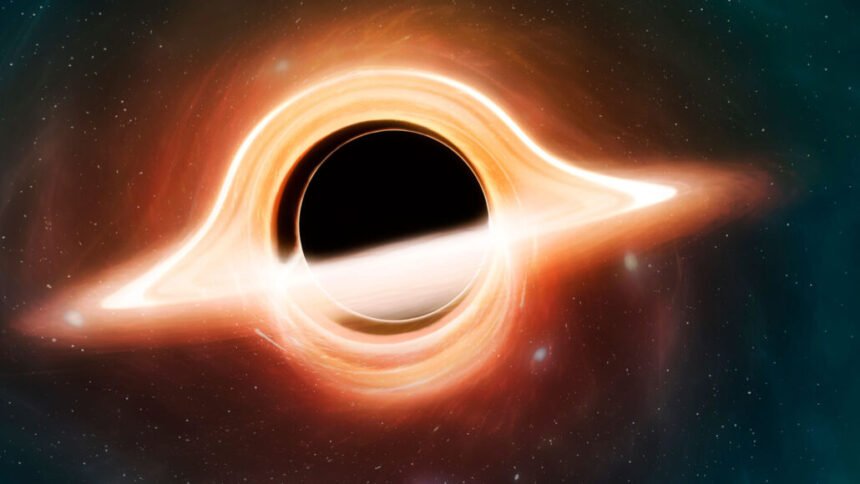Black holes, mysterious cosmic entities born from the remnants of massive stars, have captured the imagination of scientists and science fiction enthusiasts alike. These enigmatic objects are known for their extraordinary gravitational pull, which is so strong that nothing, not even light, can escape their grasp. But are all black holes the same? In this article, we will explore the existence of different types of black holes and their characteristics.
1. Stellar Black Holes
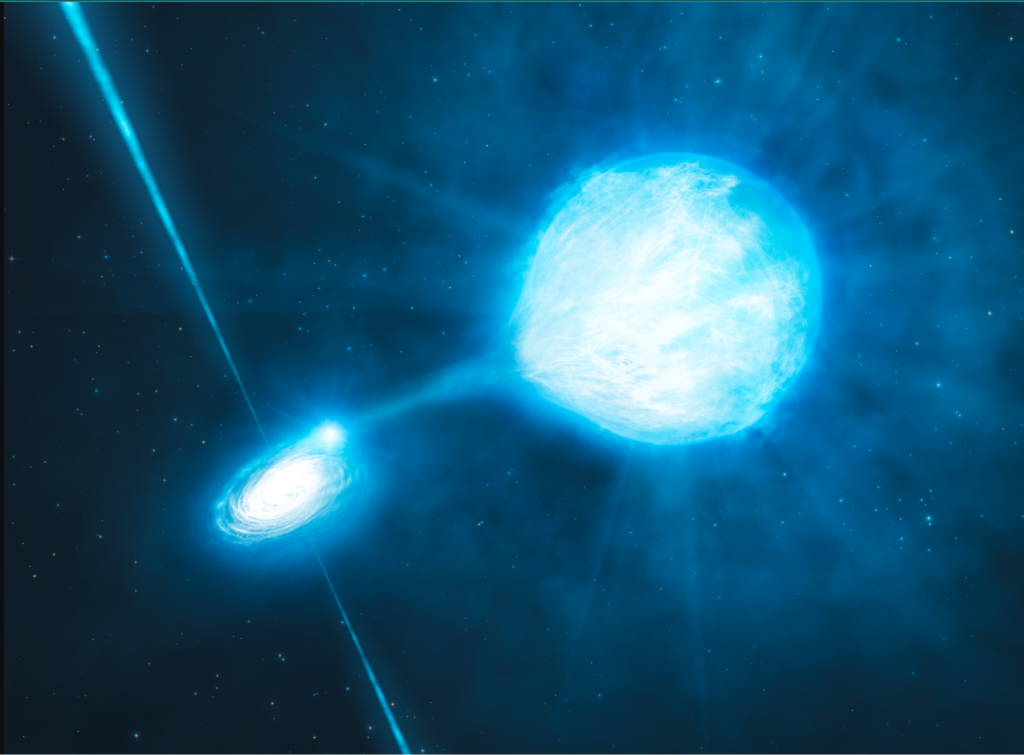
Stellar black holes are the most common type of black hole. They form when massive stars, typically at least 20 times the mass of our Sun, reach the end of their life cycles. When such a star exhausts its nuclear fuel, it can no longer resist the inward pull of gravity, causing it to collapse under its weight. This process culminates in a supernova explosion, and what remains is a dense core, or stellar remnant, which can become a black hole if it exceeds a certain critical mass, known as the Tolman-Oppenheimer-Volkoff (TOV) limit.
Stellar black holes come in various sizes, depending on the mass of the star they originated from. These can range from a few solar masses to over 20 solar masses. The largest stellar black holes are often formed through the accretion of mass from nearby stars.
Also Read : Massive Star is Destroyed by a Giant Black Hole
2. Intermediate-Mass Black Holes
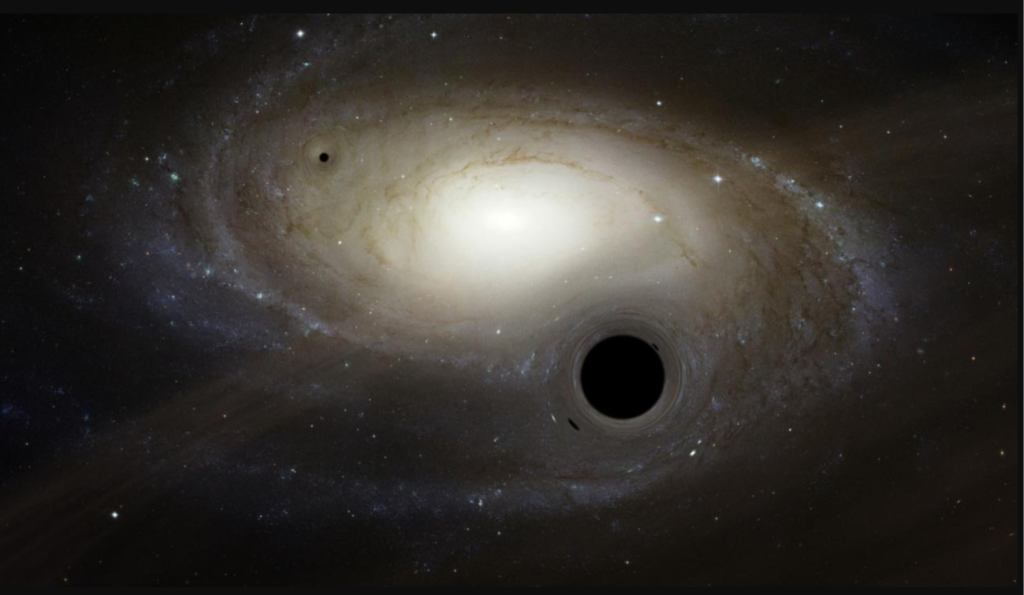
Intermediate-mass black holes are a less understood category. They are thought to be larger than stellar black holes but smaller than supermassive black holes, with masses ranging from hundreds to thousands of times that of our Sun. Their formation mechanisms are still under investigation, but one hypothesis is that they may be created by the merger of smaller black holes or the accretion of matter over time.
3. Supermassive Black Holes
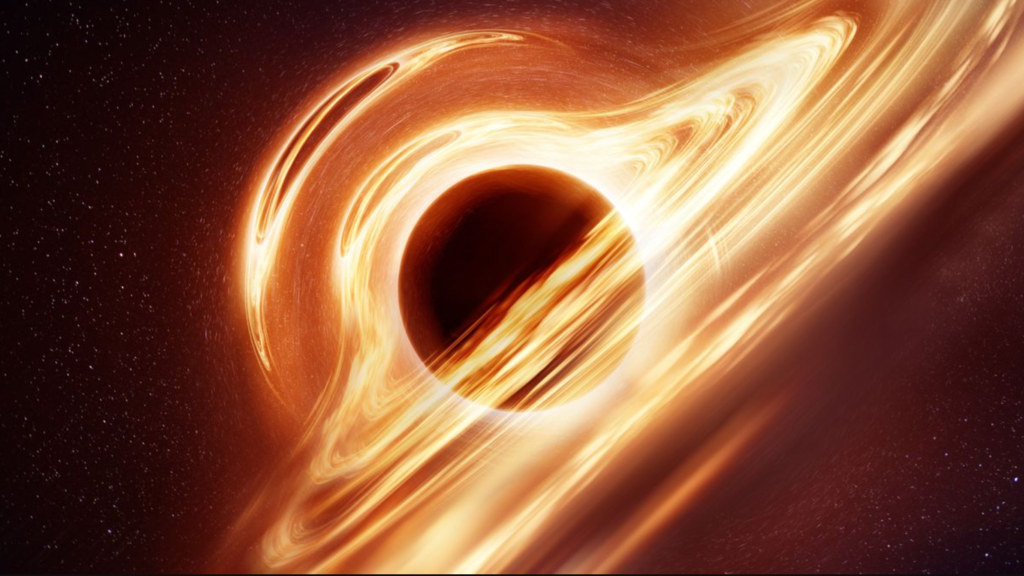
Supermassive black holes, as the name suggests, are incredibly massive entities, with masses ranging from millions to billions of times that of the Sun. These black holes are found at the centers of most galaxies, including our own Milky Way. Their origin is a subject of ongoing research, but one leading theory is that they form and grow through the accretion of gas and the collision of smaller black holes.
4. Primordial Black Holes
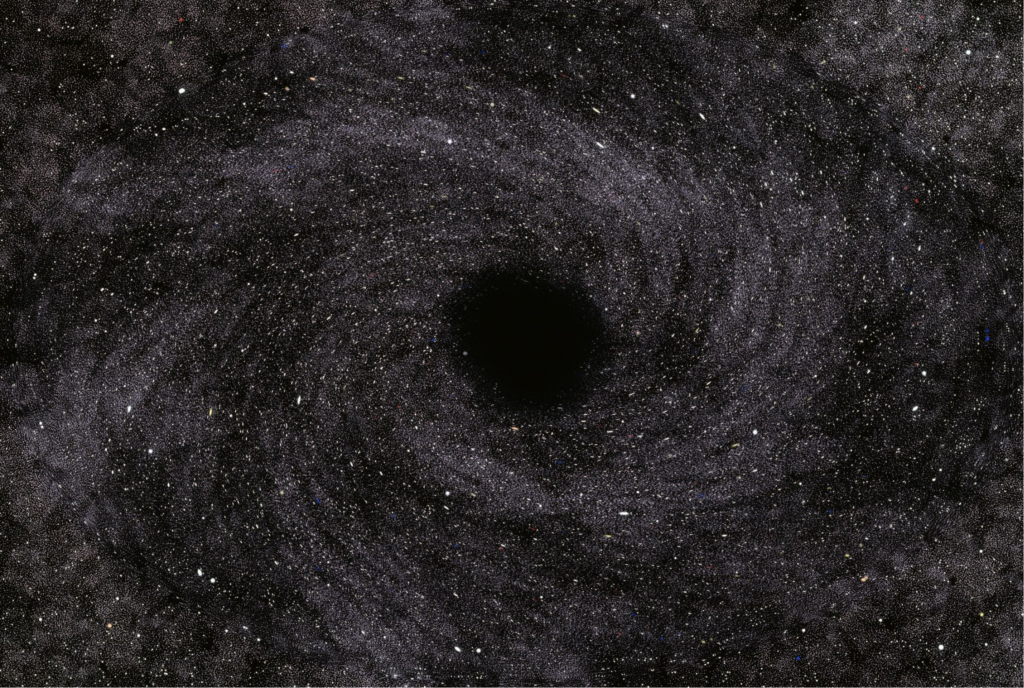
Primordial black holes are a theoretical category of black holes that could have formed in the early universe. They differ from stellar black holes in their origin, as they could have developed from fluctuations in the density of matter shortly after the Big Bang. While their existence is still debated, they are an intriguing possibility that could have a significant impact on our understanding of the cosmos.
5. Microscopic Black Holes
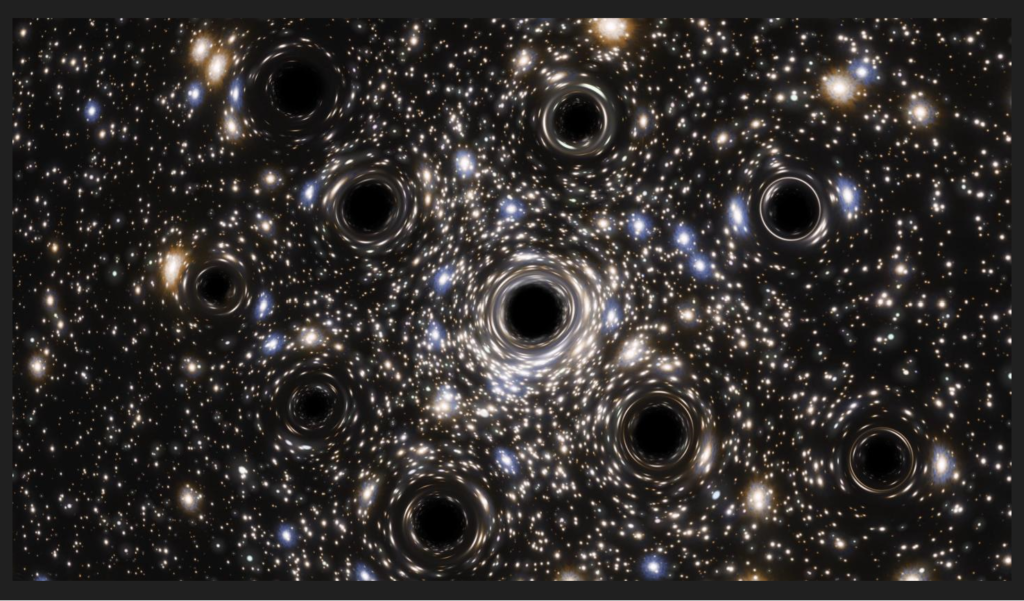
Hypothetical microscopic black holes are proposed to be much smaller in size compared to the others, with masses less than stellar black holes. These black holes are primarily theoretical and are associated with some models in particle physics. If they exist, they would be challenging to detect due to their size.
Unveiling the Mysteries
Black holes, in all their diversity, are objects of profound scientific interest and offer a unique opportunity to explore the fundamental principles of physics. They challenge our understanding of space, time, and matter, and their study has led to remarkable insights into the cosmos. Some of the most significant contributions include:
1. Einstein’s General Theory of Relativity: The prediction of black holes was one of the early successes of Albert Einstein’s theory of general relativity. This groundbreaking theory has become the foundation for understanding the gravitational properties of black holes.
2. Black Hole Thermodynamics: The concept of black hole thermodynamics has connected black holes with the laws of thermodynamics, such as temperature, entropy, and energy. This intersection has led to the understanding that black holes possess properties akin to those of ordinary matter.
3. Hawking Radiation: Theoretical physicist Stephen Hawking proposed that black holes emit a form of radiation, now known as Hawking radiation. This insight has far-reaching implications, including the idea that black holes can slowly lose mass over time through this process.
4. The Information Paradox: Black holes are at the center of one of the most intriguing debates in modern physics: the black hole information paradox. It pertains to the fate of information that falls into a black hole, a conundrum that challenges our understanding of quantum mechanics and general relativity.
5. Cosmic Signposts: Black holes also serve as cosmic signposts, influencing the motion of stars and galaxies in their vicinity. Observations of stars orbiting supermassive black holes have provided valuable insights into these mysterious objects.
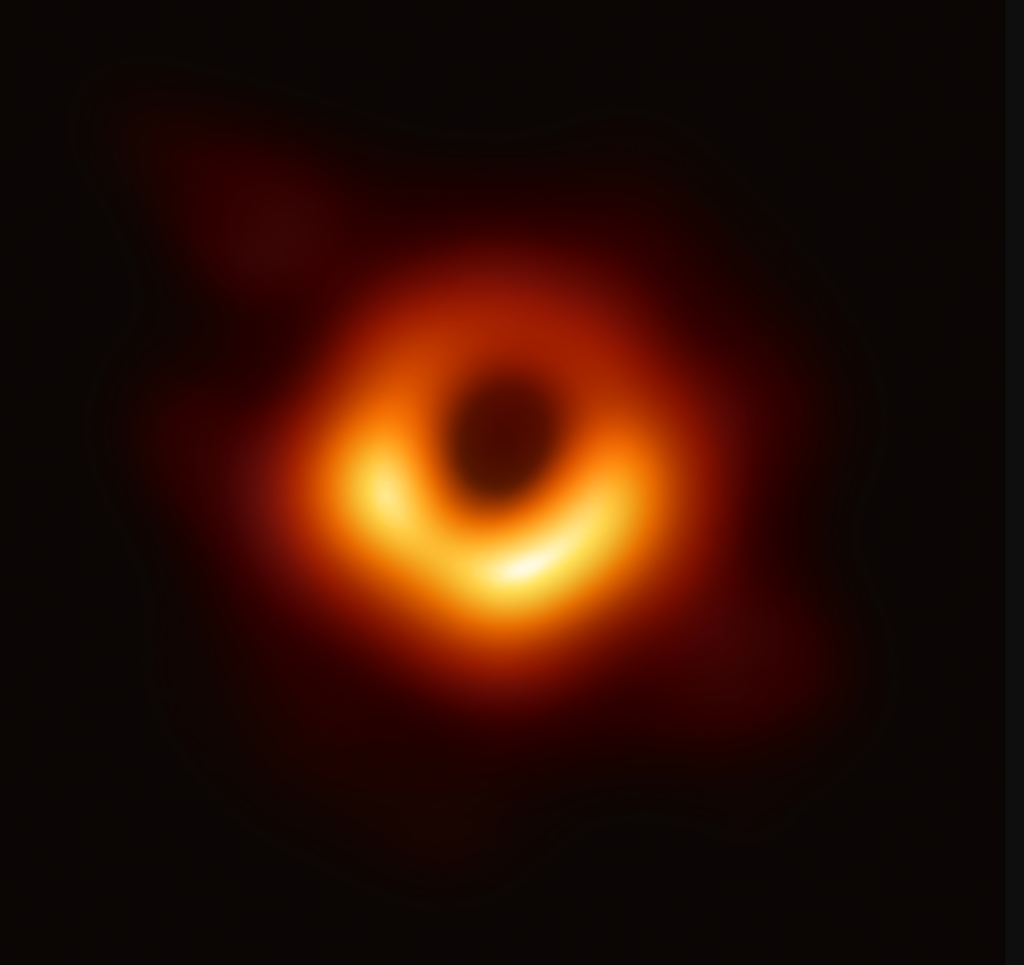
The Future of Black Hole Research
The study of black holes continues to evolve as technological advancements, such as gravitational wave detectors and more advanced telescopes, expand our capabilities to observe these cosmic entities. We are entering an era of unprecedented discovery, with the potential to answer longstanding questions and uncover new mysteries.
In conclusion, the diversity of black holes, from stellar to supermassive and beyond, adds depth to our understanding of the universe. These enigmatic entities challenge our understanding of the laws of physics and offer a glimpse into the most extreme regions of spacetime. The ongoing pursuit of knowledge about black holes promises to reshape our understanding of the cosmos and further illuminate the intricate and mysterious nature of the universe.
Also read: Black Hole Shred A Star To Pieces







